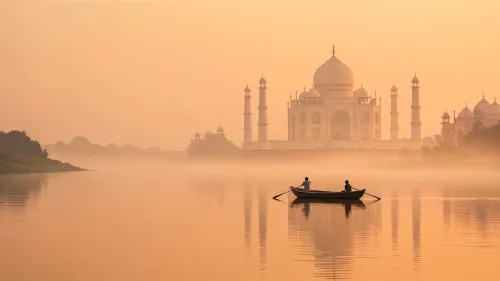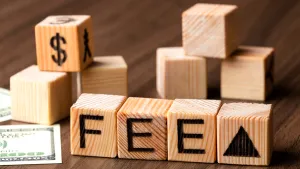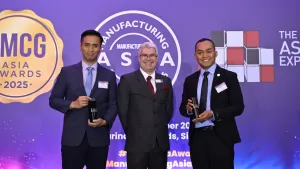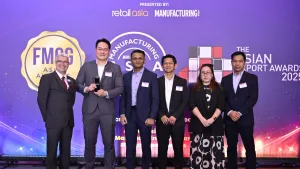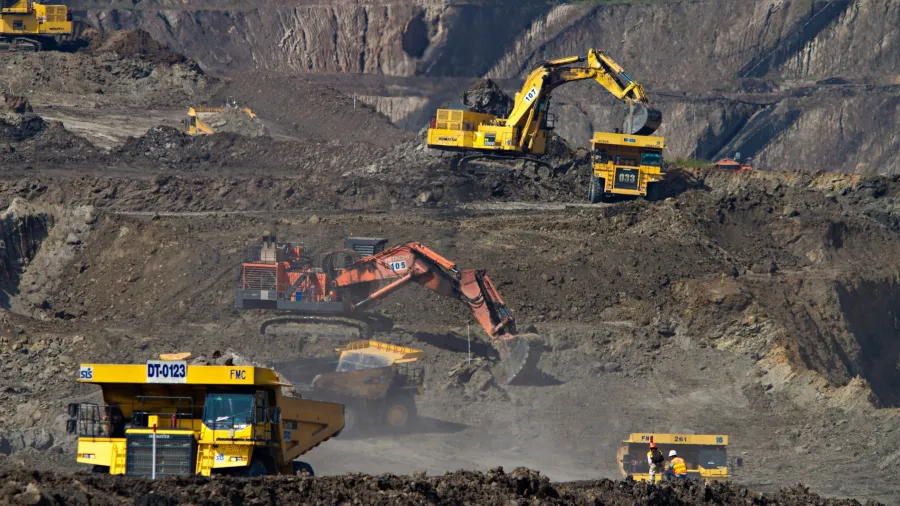
Australia faces growing pressure as China steel demand fall
Steel demand in China could drop to 750 to 800 million tonnes per annum over the next five to 10 years.
As Chinese steel demand declines faster than expected, the outlook for Australian iron ore and its impact on the economy has become a key topic.
According to Simon Nicholas, lead analyst at the Institute for Energy Economics and Financial Analysis, the decline primarily affects lower-grade ore used in coal-powered blast furnaces, whilst demand for higher-grade ore rises. Miners outside Australia are positioning themselves to capitalise on this shift and the country must keep up, said Nicholas.
China, which reached peak steel production in 2020, is now facing a sharper decline as China Baowu, the world's largest steelmaker, warns of a “harsh winter” that will be “longer, colder and more difficult to endure than we expected.”
Steel demand in the country could drop to 750 to 800 million tonnes per annum over the next five to 10 years, potentially furthering the decline in iron ore demand as it increases steel recycling.
The lower-grade iron ore used in coal-heavy blast furnaces is also expected to see reduced demand as cleaner steel technologies emerge. In contrast, demand for high-grade iron ore suitable for direct reduced iron (DRI) steelmaking, which uses gas or green hydrogen, is poised for growth.
Vale, the largest producer of DR-grade iron ore, predicts that demand for blast furnace-grade ore will halve by 2040, whilst shipments of DR-grade ore will more than triple.
Major mining companies are responding to this shift. Vale plans to bring an additional 50 million tonnes of high-grade iron ore to Brazil within two years, whilst Anglo American is expanding DR-grade production at its Brazilian and South African operations.
Australian firms are also developing high-grade operations overseas, with Rio Tinto involved in the Simandou project in Guinea, and Fortescue ramping up DR-grade production at its Iron Bridge project in Australia whilst exploring opportunities in Gabon.
BHP, however, remains focused on lower-grade ore and metallurgical coal, banking on carbon capture and storage (CCS) technology to decarbonise blast furnaces, a solution with limited progress so far.
Meanwhile, Australia is beginning to explore the potential of processing its iron ore onshore using green hydrogen to produce and export green iron. South Australia, with high-grade reserves and a fully decarbonised power grid by 2027, is well-positioned to lead this transition, Nicholas said.
Fortescue also has a long-term vision of converting all its iron ore into green iron, though it struggles with low-grade ore in DRI-based steelmaking. With the predominance of low-grade ore in the seaborne market, Nicholas said breakthroughs in this area could be significant, but widespread adoption of such technologies may not occur until after 2040
"As the market for its blast furnace-grade ore goes into permanent decline, Australia can shift attention to its higher quality reserves or let overseas production dominate the growing high-grade market," he said.
